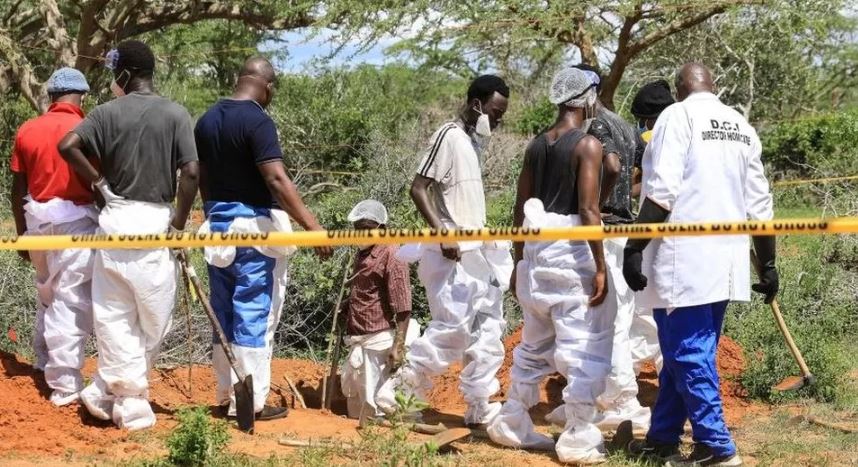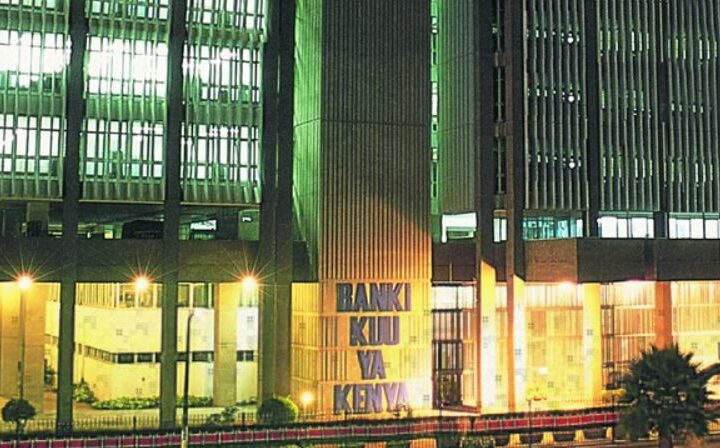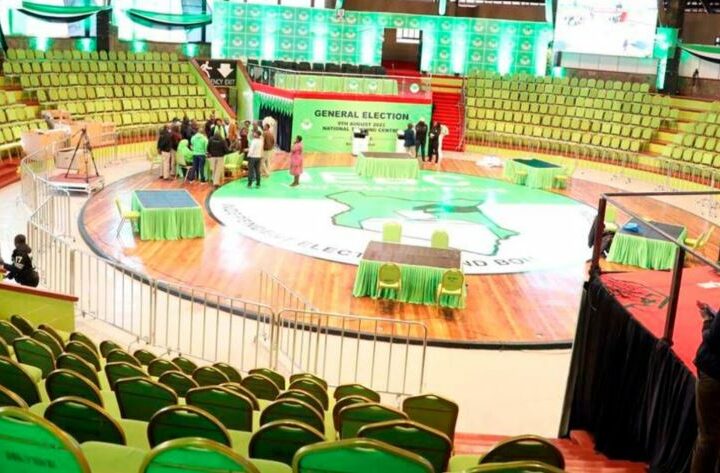
Drones, equipped with advanced technology, are transforming how prisons monitor inmates, detect contraband, and ensure safety. In this discourse, we will explore the critical role of a Site Security Drone in enhancing inmate monitoring and overall security in correctional facilities.
Improved Surveillance Capabilities
Comprehensive Area Coverage
Security drones provide comprehensive coverage of correctional facilities. Unlike stationary cameras, drones can fly over large areas, including blind spots and high-risk zones. This ability ensures that all parts of the facility are monitored continuously, reducing the chances of illicit activities going unnoticed.
Real-Time Monitoring
Drones equipped with high-definition cameras and real-time data transmission capabilities offer immediate surveillance feedback. This real-time monitoring allows correctional officers to respond swiftly to incidents as they occur. The instant transmission of visual data ensures that potential threats are addressed promptly, enhancing overall security.
Enhanced Contraband Detection
Aerial Inspections
Contraband smuggling is a significant challenge in correctional facilities. Security drones can conduct aerial inspections to detect contraband items that may be hidden in outdoor areas, on rooftops, or in other hard-to-reach places. Their ability to cover extensive areas quickly makes them ideal for thorough inspections.
Advanced Sensors
Drones with advanced sensors, such as thermal imaging and night vision, can detect hidden contraband even in low-light conditions. Thermal sensors can identify unusual heat signatures, indicating hidden objects or people. This technology enhances the detection capabilities of correctional facilities, making it harder for contraband to go undetected.
Increased Safety for Staff and Inmates
Reduced Physical Confrontations
By providing comprehensive surveillance, security drones help reduce the need for physical confrontations between staff and inmates. Drones can monitor inmate behavior and alert officers to potential conflicts before they escalate. Such a proactive approach minimizes the risk of injuries and enhances the safety of both staff and inmates.
Quick Response to Emergencies
Drones can be stationed quickly in emergencies, such as riots or medical crises, to assess the circumstances. Their real-time footage helps correctional officers and emergency responders make informed decisions quickly. The quick deployment and real-time data drones provide can be crucial in managing emergencies effectively.
Cost-Effective Surveillance
Reduced Manpower Requirements
Implementing drone technology in correctional facilities can reduce the need for an extensive workforce for surveillance tasks. Drones can cover large areas that would otherwise require multiple officers to monitor. Reducing workforce requirements can lead to significant cost savings for correctional facilities.
Lower Maintenance Costs
Unlike traditional surveillance systems, drones require less maintenance. Stationary cameras and other fixed surveillance equipment often need regular upkeep and replacements. Drones, however, are more versatile and can be easily upgraded with new technology, reducing long-term maintenance costs.
Enhanced Perimeter Security
Continuous Perimeter Patrols
Maintaining perimeter security is crucial for preventing escapes and unauthorized entries. Drones can perform continuous patrols along the perimeter of correctional facilities. Their ability to fly at diverse altitudes and angles provides a comprehensive view of the facility’s boundaries.
Detection of Unusual Activities
Equipped with advanced imaging technology, a Site Security Drone can detect unusual activities near the perimeter. This includes attempts to breach the facility’s walls or fences. Early detection of such activities allows timely intervention, preventing potential security breaches.
Data Collection and Analysis
Detailed Surveillance Logs
Drones can collect vast amounts of information during their patrols and inspections. This data is stored in detailed surveillance logs that can be reviewed and analyzed. Detailed logs help in understanding patterns of behavior and identifying potential security risks.
Predictive Analysis
The data collected by drones can be used for predictive analysis. Advanced algorithms analyze the data to predict potential security threats and trends. Predictive analysis helps correctional facilities proactively plan and mitigate threats, enhancing overall security.
Versatility and Adaptability
Multipurpose Use
Security drones are highly versatile and can be used for various purposes beyond surveillance. They can assist in inmate counts, deliver supplies, and even provide medical assistance in emergencies. This multipurpose use makes drones invaluable assets in correctional facilities.
- Inmate Counts: Drones can quickly and accurately count inmates during roll calls.
- Supply Delivery: In emergencies, drones can deliver medical supplies or other essential items to specific locations within the facility.
Easy Integration with Existing Systems
Drones can be easily integrated with existing security systems in correctional facilities. They can complement stationary cameras, motion detectors, and other surveillance tools. This integration ensures a cohesive and comprehensive security system, maximizing the effectiveness of all surveillance methods.
Security drones have become critical assets in enhancing inmate monitoring and overall security in correctional facilities. As drone technology evolves, its role in correctional facilities will only expand, providing greater security and efficiency. Embracing these innovations is essential for maintaining safety and order in the increasingly complex environment of correctional facilities.








